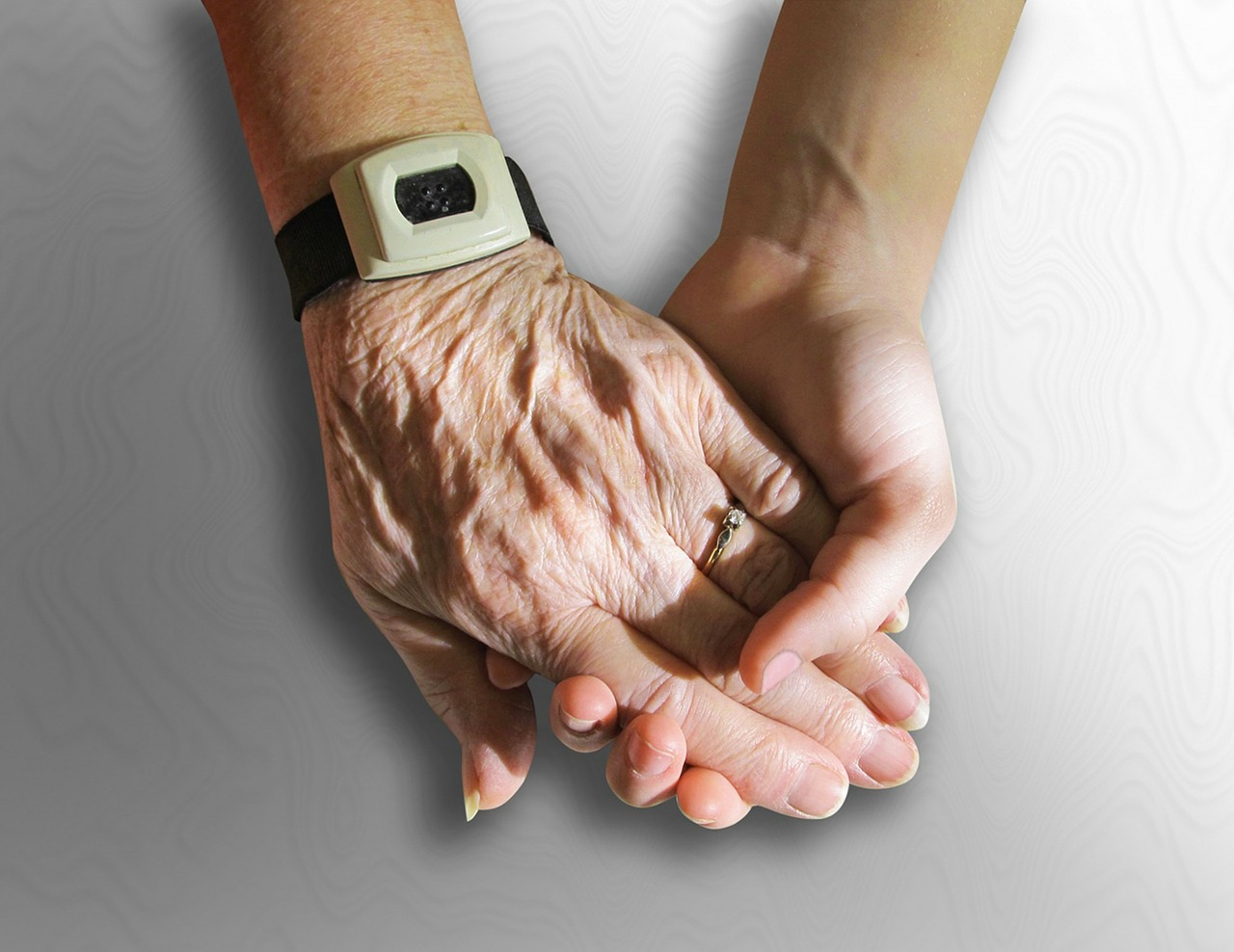There are many terms associated with senior care, and sometimes it can be confusing to determine which type of care is appropriate. While we typically talk about memory care and assisted living on this blog, today we are going to discuss some of the other forms of care available to your senior loved one – specifically home health and hospice care.
In the simplest terms, hospice is designed for individuals with a terminal illness and a life expectancy of no more than six months. Home health is for those who require assistance while recovering from an illness, injury or surgery. Home health may also be appropriate when managing a chronic health condition. Let’s examine the variations in services and eligibility.
Home Health Care
The primary goal of home health care is patient recovery, or preservation of their current level of function. The care team for home health is most often comprised of nurses, therapists, medical social workers and home health aides.
Although “home health” infers care in a private residence, it can also be performed in an assisted living or group home. However, inpatient settings such as hospitals or nursing homes are typically ineligible.
Services: The services provided by a home health provider fill intermittent or occasional needs. Visits usually decrease over time as health improves and needs decrease, but can continue as long as the patient meets eligibility criteria and their physician considers the care medically necessary. Services may include:
- Skilled nursing
- Physical, speech or occupational therapy
- Wound care
- Medical social work
- Medication management
- Assistance with daily personal care as needed
Eligibility: To qualify for home health care coverage, patients must be designated as homebound, which means they have limited ability to leave their home without assistance.
Insurance Coverage: Home health is generally addressed by Medicare, Medicaid and some private insurance plans for patients who qualify. Medications are not covered by Medicare, although medical equipment and supplies may be partially covered by Medicare Part B.

Hospice Care
The primary goal of hospice care is to promote quality of life and manage pain for terminally ill patients. The hospice care team is made up of nurses, social workers, home health aides, therapists, chaplains, bereavement counselors and trained volunteers.
Hospice care can be provided to patients in a private residence, an assisted living facility or an inpatient hospice center. There are four different levels of hospice care:
- Routine care: provided wherever the individual considers home.
- Respite care: provided in a care facility to offer relief to a full-time caregiver.
- Continuous care: provided in the home in a time of crisis.
- General inpatient care: provided at a hospital when symptoms cannot be managed at home.
Services: The services provided by a hospice provider fill intermittent or occasional needs. Visits usually decrease over time as health improves and needs decrease, but can continue as long as the patient meets eligibility criteria and their physician considers the care medically necessary. Services may include:
- Skilled nursing
- Assistance with personal care from a home health aide
- Help with insurance, advance directives and other concerns
- Grief counseling for friends and family
- Spiritual counseling
- Assistance with household chores, errands, meal preparation and companionship
Eligibility: To qualify for hospice care, the physician must deem that the patient is expected to live less than six months.
Insurance Coverage: Like home health care, hospice is covered for eligible patients by Medicare, Medicaid and most private insurance plans. Medicare covers medications, medical equipment and supplies related to the relevant diagnosis.
A Banyan Residence in Venice offers assisted living and memory care, as well as temporary respite and hospice care. Call today to learn more about our quality services and compassionate team.
